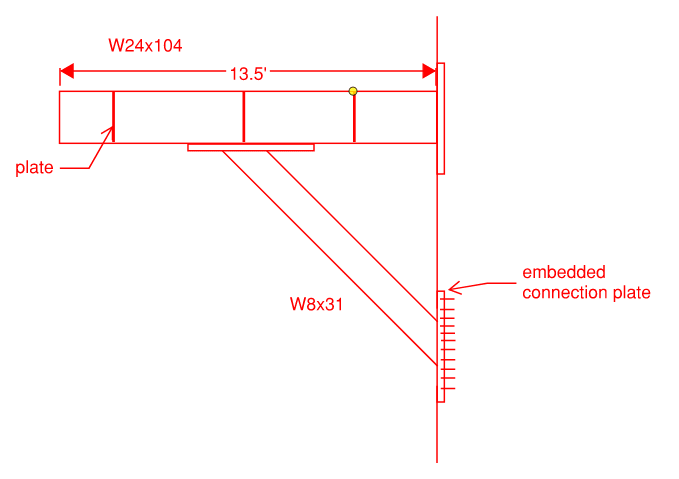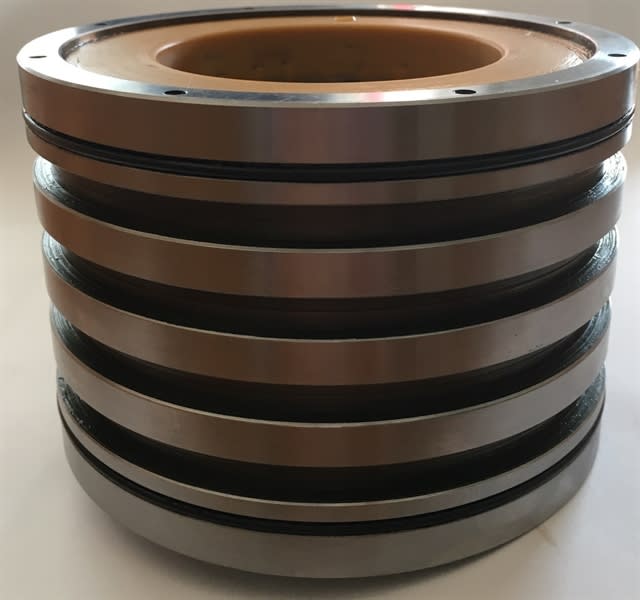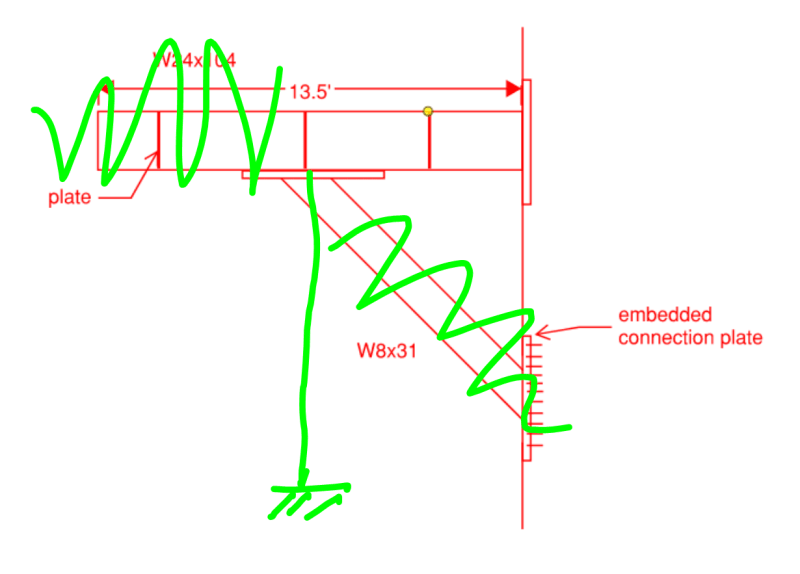ac0609
Civil/Environmental
- Sep 24, 2022
- 18
Hi there,
I have a diagonal beam-column. I am looking for some guidance on how to find the effective length factors Kx and Ky for a diagonal beam-column. I searched up some example online but column is positioned in an upright position, and not diagonally positioned. The beam-column is fixed to concrete at the bottom joint and connected to a W24x104 support girder.
Do I use the alignment chart for braced or unbraced frame. I am assuming Ga=1 for the bottom joint since it is fixed. And while calculating Gb, i get a really small number, probably since Ix for the W24x104 is really big compared to the W8x31. Length of W8x31 is 9ft.

Thanks in advance!
I have a diagonal beam-column. I am looking for some guidance on how to find the effective length factors Kx and Ky for a diagonal beam-column. I searched up some example online but column is positioned in an upright position, and not diagonally positioned. The beam-column is fixed to concrete at the bottom joint and connected to a W24x104 support girder.
Do I use the alignment chart for braced or unbraced frame. I am assuming Ga=1 for the bottom joint since it is fixed. And while calculating Gb, i get a really small number, probably since Ix for the W24x104 is really big compared to the W8x31. Length of W8x31 is 9ft.

Thanks in advance!





